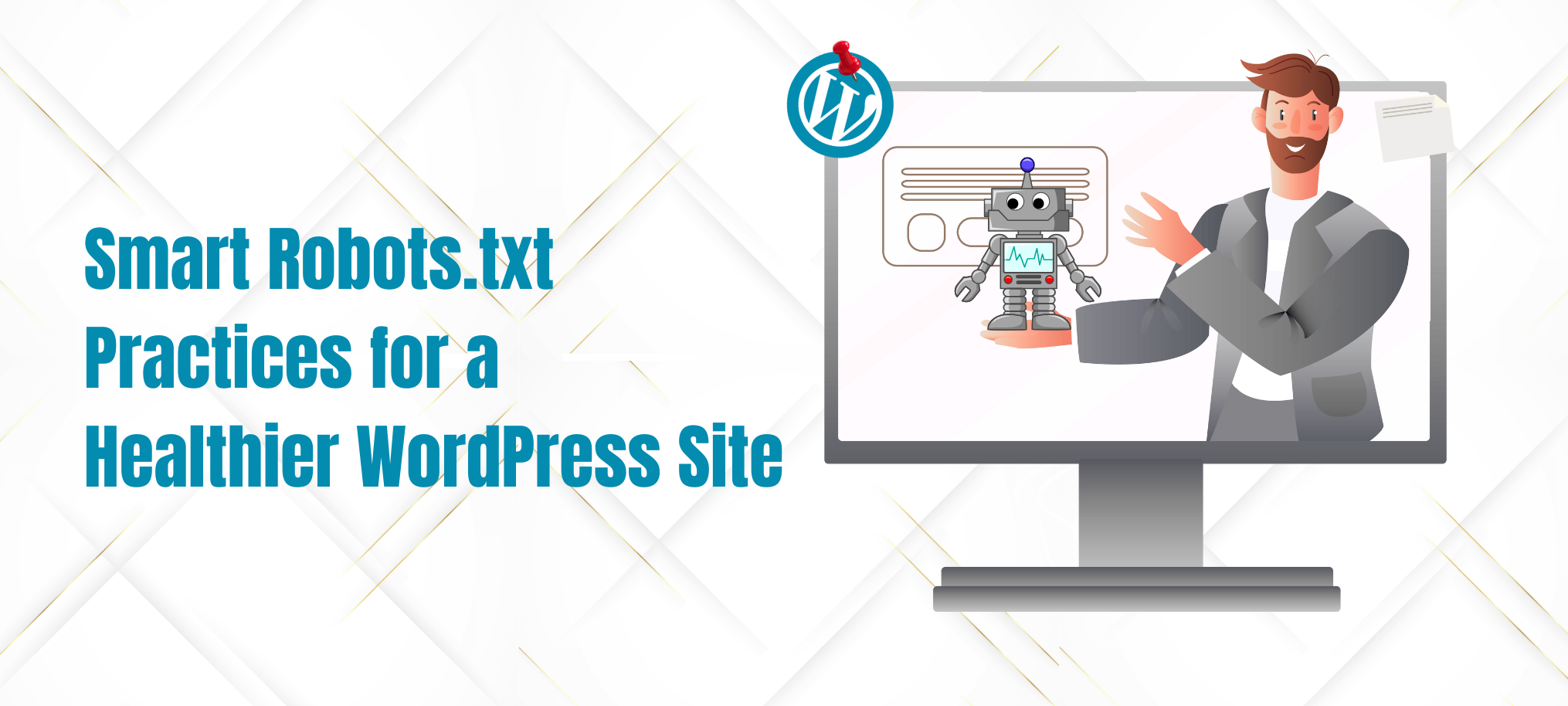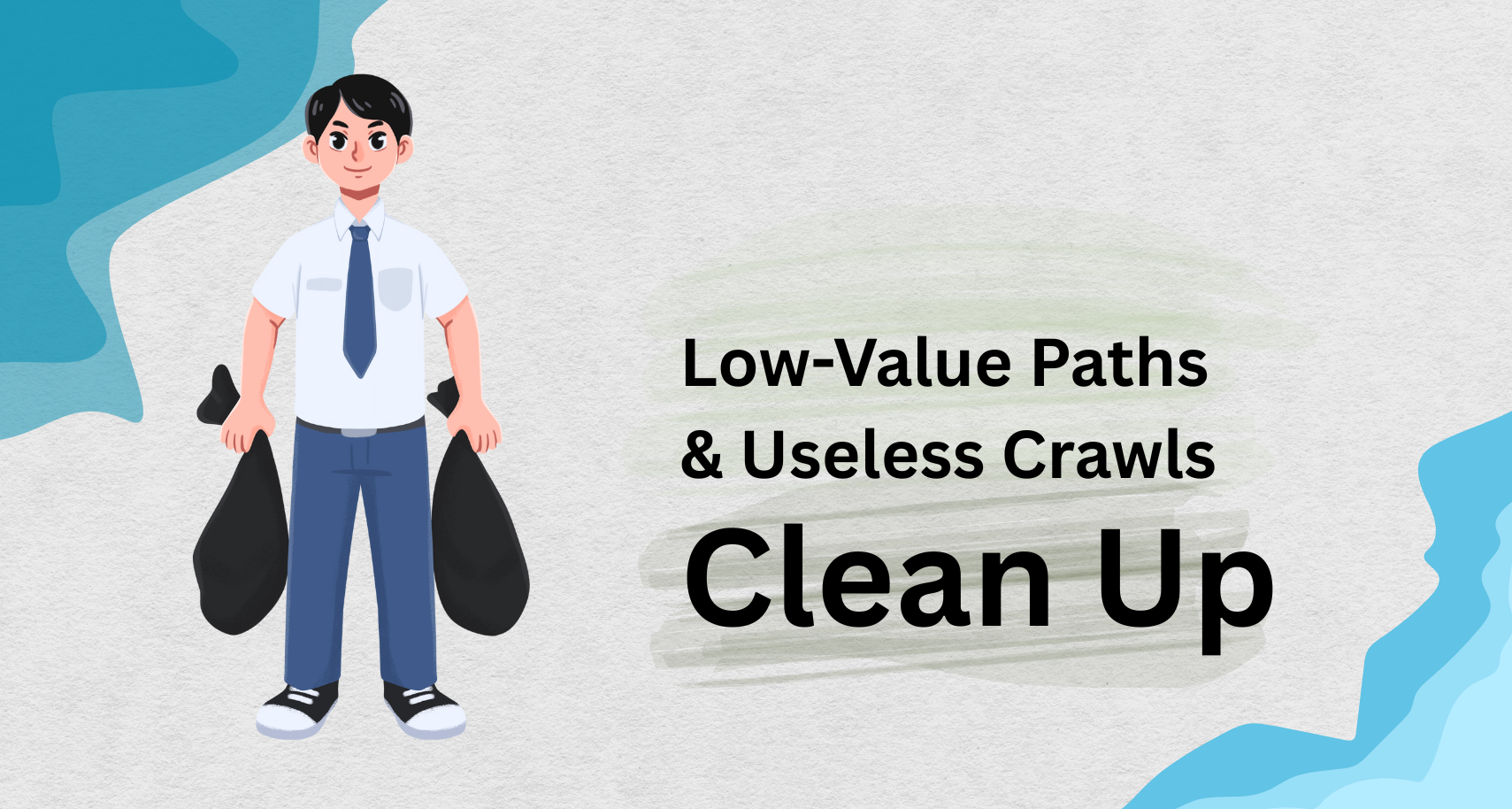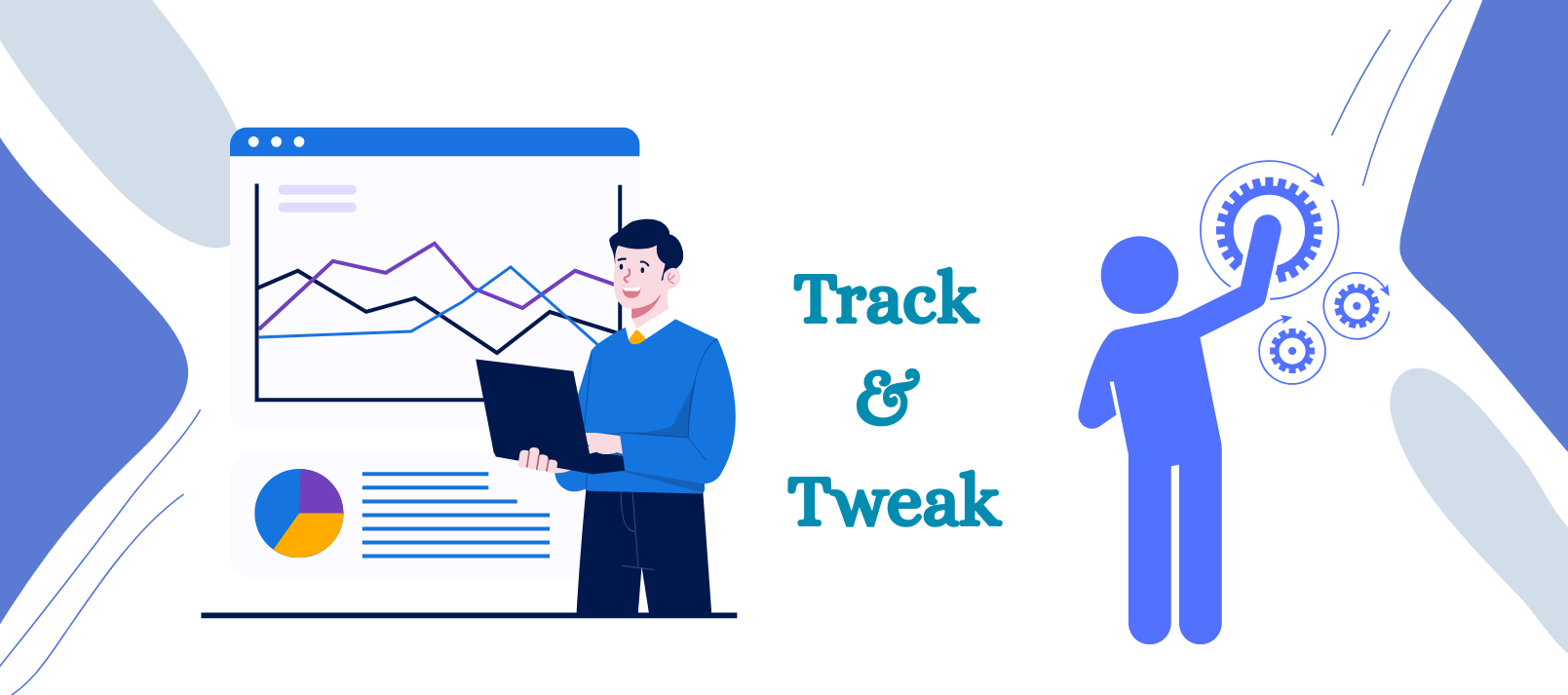About our most secure, flexible plan purpose-built for large teams and organizations
Get Started Now
Search engines are curious little things. They want to read everything on your website – even the stuff that’s not meant for them. That’s where a smart robots.txt file comes in. It tells search engines what to check and what to ignore. Simple? Not quite.
If you’re using WordPress, there’s a high chance your site could be giving away more than it should – or blocking the wrong stuff entirely. A good robots.txt file can boost visibility, protect your site, and improve load speed. Let’s break it down the right way, and keep things easy.
A lot of WordPress users don’t realize their website even has a robots.txt file. That’s because, by default, WordPress creates a virtual version for you. But here’s the catch – it’s basic and limited. You won’t be able to customize it much unless you create a physical file in your root directory.
To make proper changes, you’ll need either access to your hosting panel or use an SEO plugin. But don’t worry – if you’re not into tech stuff, it’s totally fine to hire a WordPress developer to set it up correctly. Robots.txt might seem small, but it plays a big role in how your site talks to search engines.
Sure, WordPress gives you a starter file. But think of it like a blank recipe. There’s no flavor, no spice, and definitely no strategy. The default file doesn’t include your sitemap, doesn’t protect your staging site, and may ignore things you actually want Google to see.
Even worse, it can leave out key rules that help search engines understand your content. For anyone serious about SEO and control, depending on the default setup is risky. You’ll get better results with a custom approach, especially if you’re already investing in WordPress maintenance to keep things running smoothly.
Let’s talk about essentials. One thing your robots.txt file should never miss is your XML sitemap. This tiny link helps search engines crawl and index your pages faster. If you forget it, you’re making them work harder, and that’s never a good idea.
Next, make sure bots can access important files like CSS and JavaScript. Why? Because these files help search engines render your site as users see it. If they’re blocked, your mobile performance and SEO score might drop. When you set it up right, bots can crawl better and your visitors enjoy a smoother site.
To help you get started, here’s a sample robots.txt file tailored for WordPress:
User-agent: *
Disallow: /wp-admin/
Allow: /wp-admin/admin-ajax.php
Disallow: /?s=
Disallow: /*?*print=
Disallow: /trackback/
Sitemap: https://example.com/sitemap.xml
Disallow: /wp-admin/: Blocks admin pages (except AJAX for functionality). Disallow: /?s=: Prevents crawling of search result pages. Disallow: /*?*print=: Stops print version URLs. Disallow: /trackback/: Blocks outdated trackback URLs.
Sitemap: Links to your XML sitemap for faster indexing.
Adjust this based on your site’s needs and test it with Google’s robots.txt Tester.
You might’ve read online that it’s smart to block folders like:
/wp-includes/ or /wp-content/plugins/.
Let’s clear that up – it’s not. In fact, doing so can hurt your website’s visibility and design. Search engines need access to images, styles, and scripts to understand your layout.
Also, all your media files, like blog images and video banners, live in /wp-content/uploads/. Blocking that means your best content might go unseen. Modern search engines are clever enough to skip unimportant files on their own. No need to get in their way.
Staging environments are great for testing things before your site goes live. But they’re not meant to be public. If search engines find and index your staging pages, you could face duplicate content issues, SEO confusion, or worse – accidental exposure of unfinished features.
To stay safe, disallow all bots from crawling your staging site using Disallow: / in the file. To be extra safe, it’s smart to add a ‘noindex’ tag as well. And here’s a tip – once you move to live mode, double-check everything. It’s easy to forget a setting and block your entire site by mistake. A little effort here protects your WordPress security in a big way. If you’re testing SEO changes on your staging site, you might want to allow specific bots like Googlebot. Add User-agent: Googlebot and Allow: / to your staging robots.txt while keeping other bots blocked. Always pair Disallow: / with a noindex meta tag to prevent indexing.

Not every part of your website needs attention from Google. Paths like:
/trackback/, /comments/feed/, and even /wp-login.php
are often hit by crawlers but offer no real value. Blocking them saves resources and speeds up important indexing.
Some directories, like /cgi-bin/, are outdated or unused. Keeping them open wastes crawl budget. By trimming the clutter, search engines stay focused on what matters – your content and your pages. This one tweak can improve visibility without touching a single line of content. For sites with thousands of pages, blocking low-value paths preserves crawl budget, ensuring Google prioritizes your blog posts or product pages. Note that robots.txt prevents crawling, not indexing. To fully exclude pages from search results, combine Disallow rules with noindex tags or X-Robots-Tag headers.
Some bots, like SemrushBot, can overload your server. Block them with:
User-agent: SemrushBot Disallow: /
Check your server logs to identify resource-heavy bots and block them selectively to save resources.
Tailor your robots.txt for your site’s needs. For WooCommerce sites, ensure /cart/ and /checkout/ are crawlable for SEO, but block query parameters like ?add-to-cart=. For multilingual sites using WPML, allow language-specific paths like /en/ or /es/. For membership sites, block private areas like /members/. A custom robots.txt boosts performance for specialized setups.
URLs with endless question marks and tracking tags are not only messy – they can confuse search engines. For example, you don’t need bots crawling print versions or comment reply threads. They dilute your ranking and can even compete with your main pages.
You can stop this by using simple rules like:
Disallow: /*?*print= or replytocom= in robots.txt.
It’s a clean way to tell bots what not to bother with. Especially for busy websites, this little change can make a big difference in crawl efficiency.
Block other common tracking parameters to keep your site clean. Add rules like:
Disallow: /*?*utm_source= Disallow: /*?*fbclid=
These prevent crawlers from indexing URLs with UTM or Facebook click IDs, keeping your search results focused.
Tag pages, internal search results, or other low-content archive pages rarely offer value to visitors. Yet, they still get indexed. This can waste your crawl budget and potentially push lower-value pages into search results before your top content.
Use robots.txt to block paths like:
/tag/, /?s=, and /page/ ,especially if they don’t add significant value to your site’s performance.
This cleanup tells Google to focus on your real content – the kind that actually helps users. You want your blog posts or product pages to shine, not empty search result pages.

Adding rules is step one. The real impact shows when you track how bots interact with your site. Google Search Console has a Crawl Stats section under settings. You can monitor bot activity – how often they visit, what they focus on, and what they bypass.
Check your XML sitemap to confirm everything important is still being crawled. For extra detail, tools like Screaming Frog or Cloudflare can show more in-depth bot behavior. Even Yoast’s crawl settings can give insights. This data allows you to tweak your robots.txt file for better control and improved site speed. Avoid syntax errors that can break your robots.txt. For example, Disallow: /wp-content is too broad and may block critical files, while Disallow: /wp-content/cache/ is specific. A missing slash or wildcard can hide key pages. Use Google’s robots.txt Tester to catch mistakes.
While important, robots.txt is only one piece of a properly optimized site. But it connects to everything – visibility, speed, and safety. A small mistake here could negatively impact your rankings or even stop traffic altogether. That’s why it’s smart to get professional help.
One broken link, a blocked bot, or an outdated robots.txt file can quietly hurt your rankings without you even knowing. Most site owners don’t even check until traffic drops. That’s where things go wrong. Regular checkups aren’t optional-they’re survival. If you don’t have time to dig into all that tech stuff, let Wpcaps step in and handle it right.
Want your site to rank better, load faster, and avoid SEO errors? Focus on growing your brand, while Wpcaps handles the technical stuff.